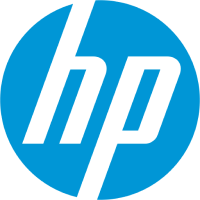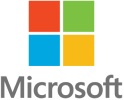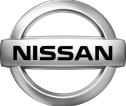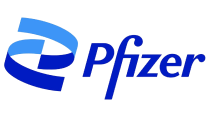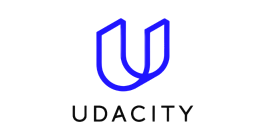Machine translation (MT) is rapidly gaining traction as a cost-efficient tool in the translation industry, and its role is expected to grow significantly in the coming years. Many businesses now utilize machine translation to process large volumes of content quickly, achieving notable cost savings and faster turnaround times. However, despite substantial annual investments in improving MT technologies, they still cannot match the precision and depth of human translators. The main limitation of machine translation is its inability to capture cultural nuances and contextual subtleties, which are crucial for delivering accurate and meaningful translations.
We address this gap with our Human-Aided Machine Translation (HAMT) service, which combines the efficiency of MT with human expertise. This hybrid model allows clients to benefit from cost and time savings while maintaining quality through human refinement. Our team reviews machine-generated output, making HAMT ideal for projects with tight deadlines and high volume.
While this approach offers notable efficiencies, it may not match the quality of traditional Translation-Editing-Proofreading (TEP) processes. HAMT is best for large-scale projects where speed is crucial but may not suit highly technical or culturally sensitive content. We assess each project to ensure that machine translation post-editing aligns with your needs, effectively balancing speed, cost, and quality.





